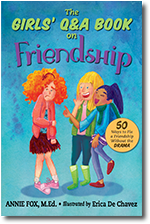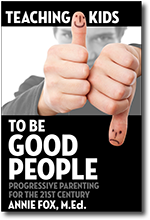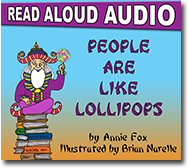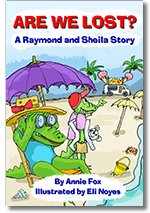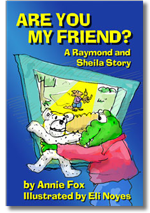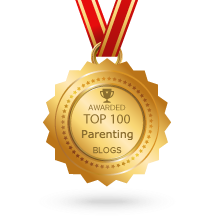There have always been kids who seem to get pleasure and a power-high from bugging other kids. Maybe there always will be. Thankfully, adults are getting wise to the fact that “Kids will be kids” is no excuse for peer-harassment. Over the past decade, we have learned some heart-breaking lessons about the tragic consequences of unstopped harassment. Our education has come through the irreparable damange caused to targeted kids and their families. These days, at least on paper, parents and educators are much less tolerant of “mean kid” behavior than we have been in the past.
Of course, we’re talking about bullying (online and off) but I’ve purposely not yet used the word because it’s overused to the point of being meaningless.
Let’s get one thing straight, the definition of bullying is not: Everything that other people do that you don’t like. A rude, one-time comment is not bullying. A friend telling you that she doesn’t want to be your friend any more is not bullying. When everything is called bullying, kids miss the point and nothing changes for the good. So let’s be clear. Peer harassment is a) ongoing b) unwanted and c) typically involves a power disparity between the two people. For example, boss to employee, coach to player, parent to child, older sibling to younger, “popular” kid to less popular kid.
In my most recent 3 minute Vidoyen video I answered the question: How can parents and educators do a better job reducing bullying?





